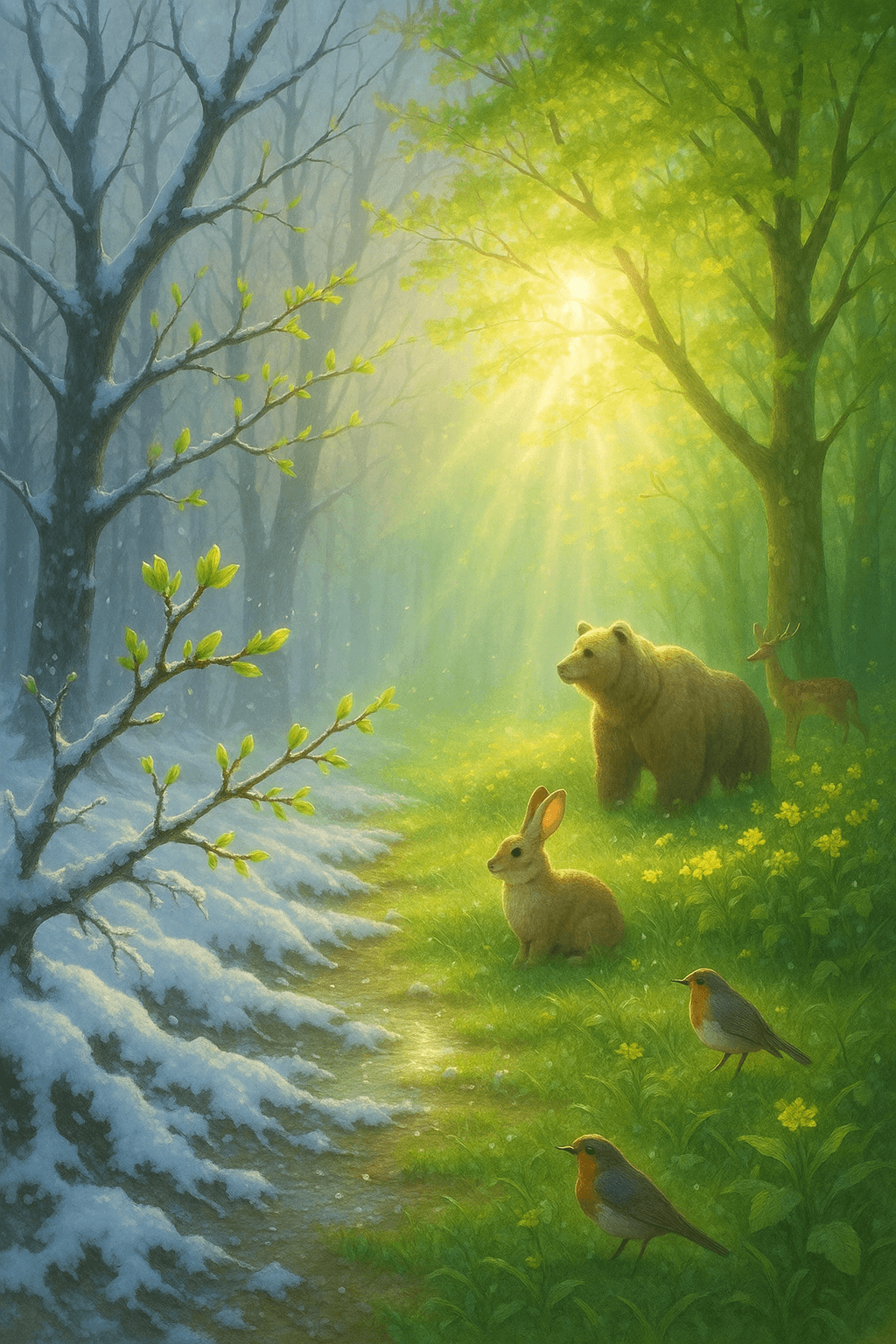Art as a Journey of Discovery and Surrender
Created at: May 8, 2025

Art enables us to find ourselves and lose ourselves at the same time. — Thomas Merton
The Dual Nature of Artistic Experience
Thomas Merton’s insight highlights a profound paradox in our engagement with art: it is at once an act of self-discovery and self-forgetting. When we create or contemplate art, we are invited both to look deeply within and to dissolve the boundaries of our usual identity. This duality shapes the transformative power of art, making each encounter unique and deeply personal.
Self-Discovery through Reflection
Connecting first with the idea of finding ourselves, art offers a reflective surface for our inner world. Whether through painting, music, or literature, we often recognize emotions or experiences in art that resonate with our own. For instance, reading Maya Angelou’s poetry can conjure buried feelings or insights, helping us clarify who we are and what matters to us. In this sense, art becomes a mirror, reflecting our innermost truths.
Transcendence and Losing the Self
Conversely, engaging with art can also transport us beyond the confines of self. Moments spent absorbed in a symphony or mesmerized by a sculpture often lead to a state of ‘flow,’ as academic Mihaly Csikszentmihalyi described it. In these states, the sense of being a separate, bounded self dissolves; we become wholly present, losing track of time and ego. This surrender is not an erasure, but a liberation from habitual self-concern.
Historical Perspectives on Art’s Transformative Power
Throughout history, thinkers have echoed Merton’s paradoxical insight. In the Romantic era, William Wordsworth wrote about poetry as ‘emotion recollected in tranquility,’ emphasizing both intense self-examination and immersion in something greater. Similarly, Plato in his *Ion* (c. 399 BC) noted how artists are seized by inspiration, swept away from the ordinary self as they create. These perspectives reveal art’s enduring role as both anchor and vessel for transcendence.
The Harmonious Cycle of Finding and Losing
Ultimately, Merton’s quote speaks to a harmonious cycle. Engaging with art, we oscillate between finding ourselves—gaining insight and confidence—and losing ourselves in wonder or shared humanity. This rhythm enriches our lives, fostering growth, empathy, and delight. In this way, art remains a vital practice for navigating the complexities of being human, ever balancing reflection and surrender.